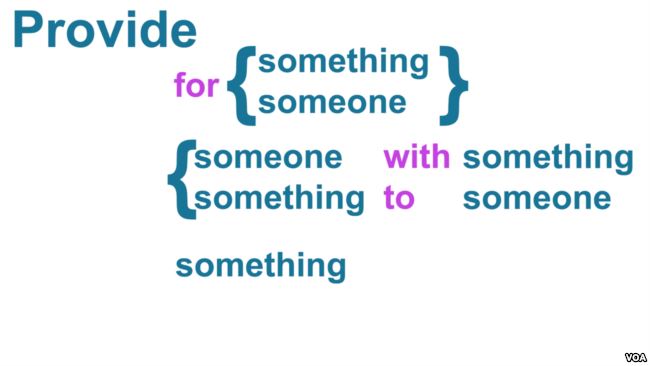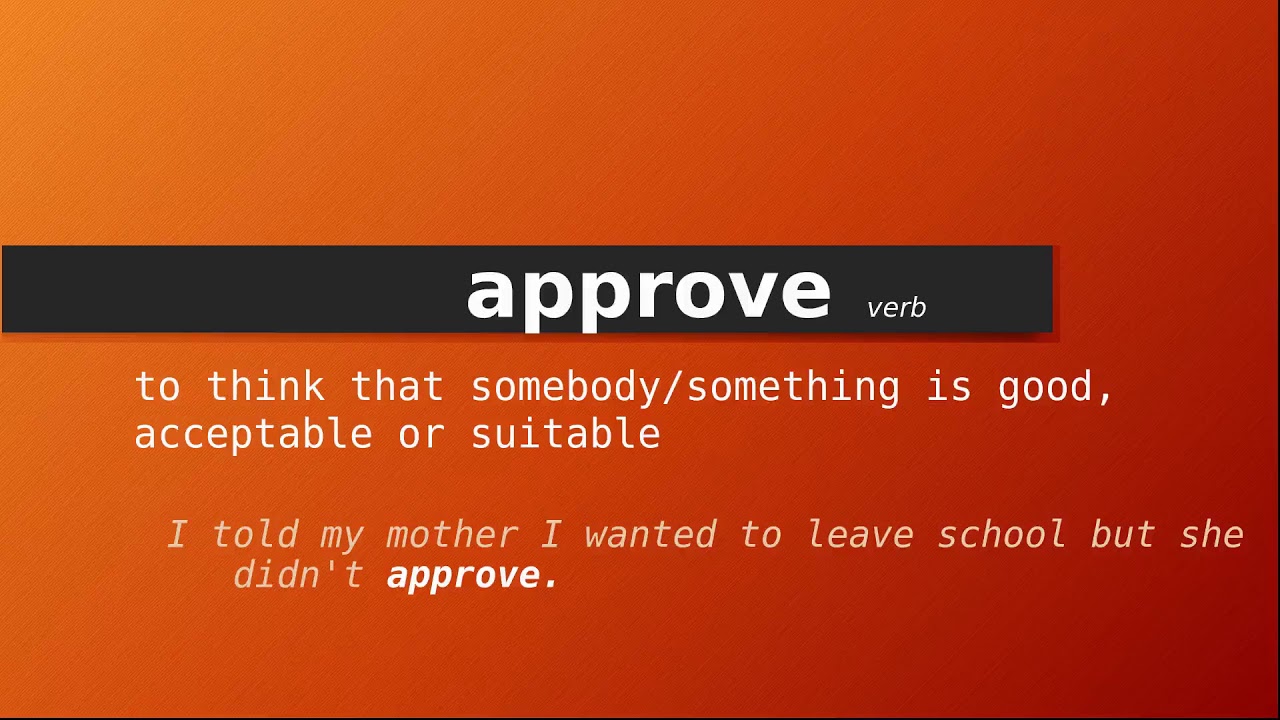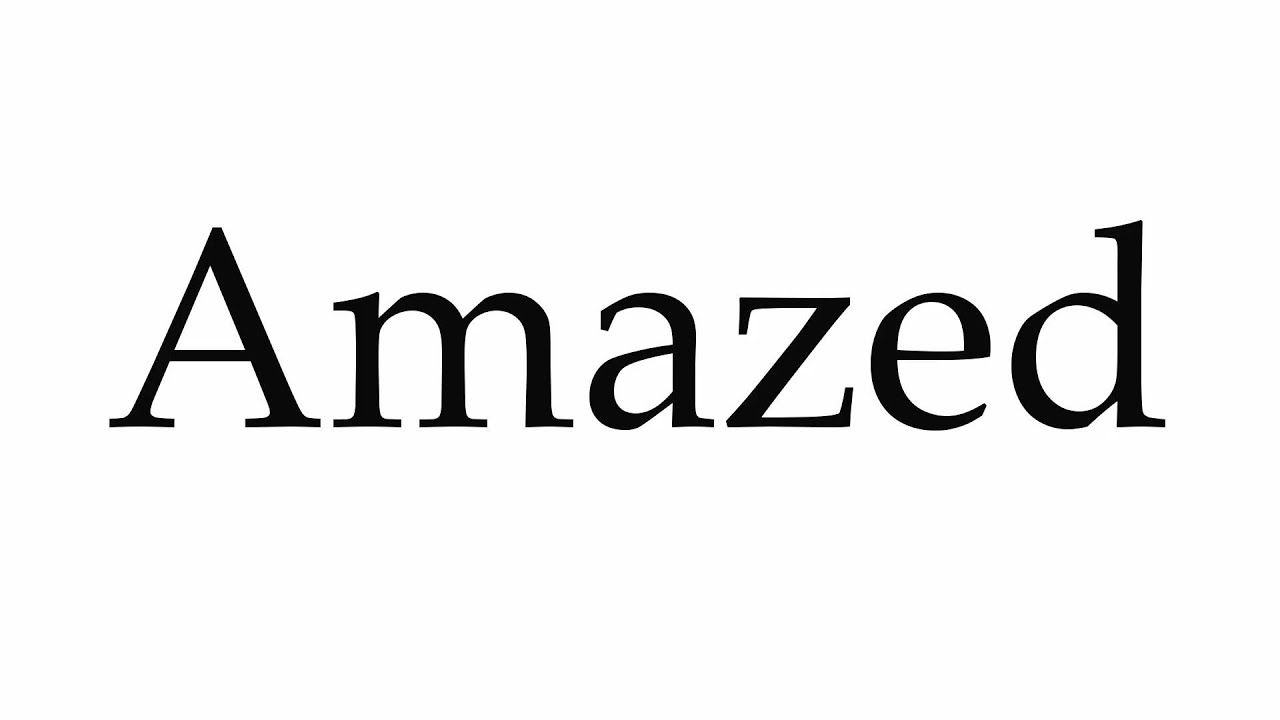Cụm trạng từ trong tiếng Anh là gì? Các cụm trạng từ thông dụng.Cụm trạng từ trong tiếng Anh,
Trạng từ là gì,
Cụm trạng từ trong Tiếng Anh lớp 7,
Cụm trạng từ trong tiếng Việt,
Bài tập về cụm trạng từ trong Tiếng Anh,
Các loại trạng từ trong tiếng Anh,
Trạng từ trong tiếng Anh là gì,
Cụm giới từ trong tiếng Anh Trong tiếng Anh, Cụm Trạng Từ nắm giữ một vai trò quan trọng nhất định có chức năng chính là bổ ngữ cho danh từ để nhấn mạnh hơn về tính chất, trạng thái và ngữ nghĩa của danh từ trong câu.
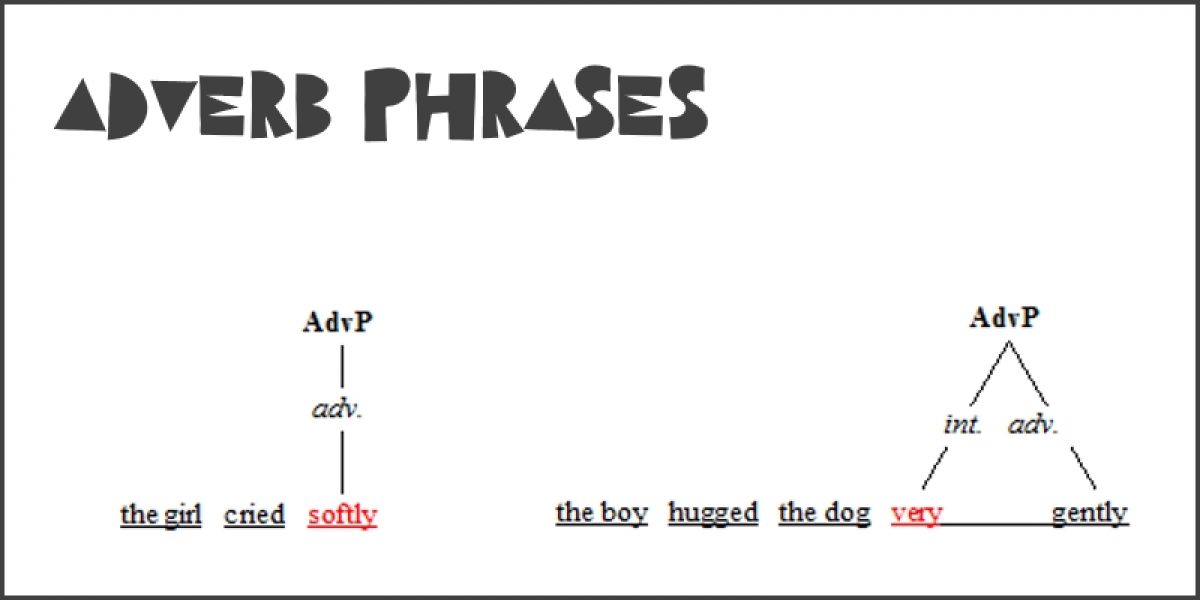
Nội dung chính
Cụm trạng từ trong tiếng Anh là gì?
Cụm trạng từ – Adverbial phrase (hoặc Adverb phrase) là một nhóm từ có chức năng như trạng từ trong câu. Nghĩa là, nó bổ nghĩa cho động từ, tính từ, trạng từ, mệnh đề hoặc nguyên cả câu. Cụm trạng từ thường gồm 1 trạng từ (gọi là “head word” – từ chính) và được làm rõ nghĩa bởi các thành tố khác.
Một số ví dụ về cụm trạng từ:
very quickly
surprisingly well
Một số ví dụ về cụm trạng từ trong câu:
“Shelia rode her bike very hastily so she could get home sooner.”
“The surf at the beach was coming in extremely quickly.”
“He read the restaurant’s menu rather slowly.”
Các loại cụm trạng từ thông dụng
Cụm trạng từ chỉ mức độ (Adverbial phrases of degree/extent)
Cụm trạng từ chỉ mức độ thể hiện cường độ, mức độ hoặc trọng tâm của hành động. Trong đó, trạng từ chỉ mức độ làm rõ nghĩa cho trạng từ đi kèm sau đó.
Ví dụ:
(1) They repaired my car [very] quickly.
(2) He worked [extremely] hard in the game.
(3) She did [really] well in her race.
(4) Why are you leaving [so] soon?
Trong các ví dụ trên, cụm trạng từ được tô đậm, in nghiêng; còn trạng từ chỉ mức độ được in nghiêng và nằm trong ngoặc vuông. Ở ví dụ 1, trạng từ mức độ “very” làm rõ nghĩa cho trạng từ “quickly”. Tương tự, “extremely” làm rõ nghĩa cho “hard”; “really” làm rõ nghĩa cho “well” và “so” làm rõ nghĩa cho “soon”.
Tham khảo một số trạng từ chỉ mức độ sắp xếp theo thứ tự giảm dần:
- completely, totally, absolutely, entirely, quite
- very, extremely, really, awfully, terribly
- rather, fairly, quite, pretty, somewhat
- a little, a bit, slightly
- hardly, scarcely, at all
- Các trạng từ mức độ khác: so, as; too; more, most, less, least
Cụm trạng từ chỉ khả năng (Adverbial phrases of probability)
Cụm trạng từ chỉ khả năng thể hiện mức độ chắc chắn của chúng ta về một sự vật, sự việc nào đó.
Ví dụ:
- He [definitely] never would’ve spoken to her like this.
- A battle is [only] truly won when the opponent believes he’s been beaten.
- Shakespeare was undoubtedly the greatest master the English language has ever known and, [quite] probably, will ever know.
Tham khảo một số trạng từ chỉ khả năng:
- certainly; conceivably; definitely; doubtless; indeed; of course; obviously; really; surely; truly; undoubtedly
- likely; maybe; perhaps; possibly; probably; unlikely
Cụm trạng từ chỉ thời gian (adverbials of time)
Được dùng để trả lời cho câu hỏi khi nào (when) hoặc một điều gì đó xảy ra thường xuyên như thế nào (how often)
Ví dụ:
- I got home at seven twenty. (Tôi về đến nhà vào lúc 7 giờ 20 phút.)
- The festival takes place every year. (Lễ hội được tổ chức mỗi năm.)
- I’ll do it in a minute.
- After the game, the king and pawn go into the same box. (Italian Proverb)
- Do not wait for the last judgment. It takes place every day. (Albert Camus)
Cụm trạng từ chỉ nơi chốn (adverbials of place)
Dùng để trả lời cho câu hỏi nơi chốn (where) một điều gì đó xảy ra.
Ví dụ:
- I met her in Da Nang. (Tôi gặp cô ấy ở Đà Nẵng.)
- She saw John there. (Cô ấy thấy John ở đó.)
- I used to work in a fire-hydrant factory. You couldn’t park anywhere near the place.
- Opera is when a guy gets stabbed in the back and, instead of bleeding, he sings.
Cụm trạng từ chỉ cách thức (Adverb phrase of manner)
Dùng để trả lời cho câu hỏi How.
Ví dụ:
- He would always talk with a nationalistic tone.
- He sings in a low register.
- People who say they sleep like a baby usually don’t have one
Cụm trạng từ chỉ lý do (Adverb phrase of reason)
Dùng để trả lời cho lý do (Why) tại sao việc đó được thực hiện.
Ví dụ:
- He went to the island to find gold.
- He plays up to impress his class mates.
- We tell ourselves stories in order to live
Bài tập về Cụm trạng từ trong tiếng Anh
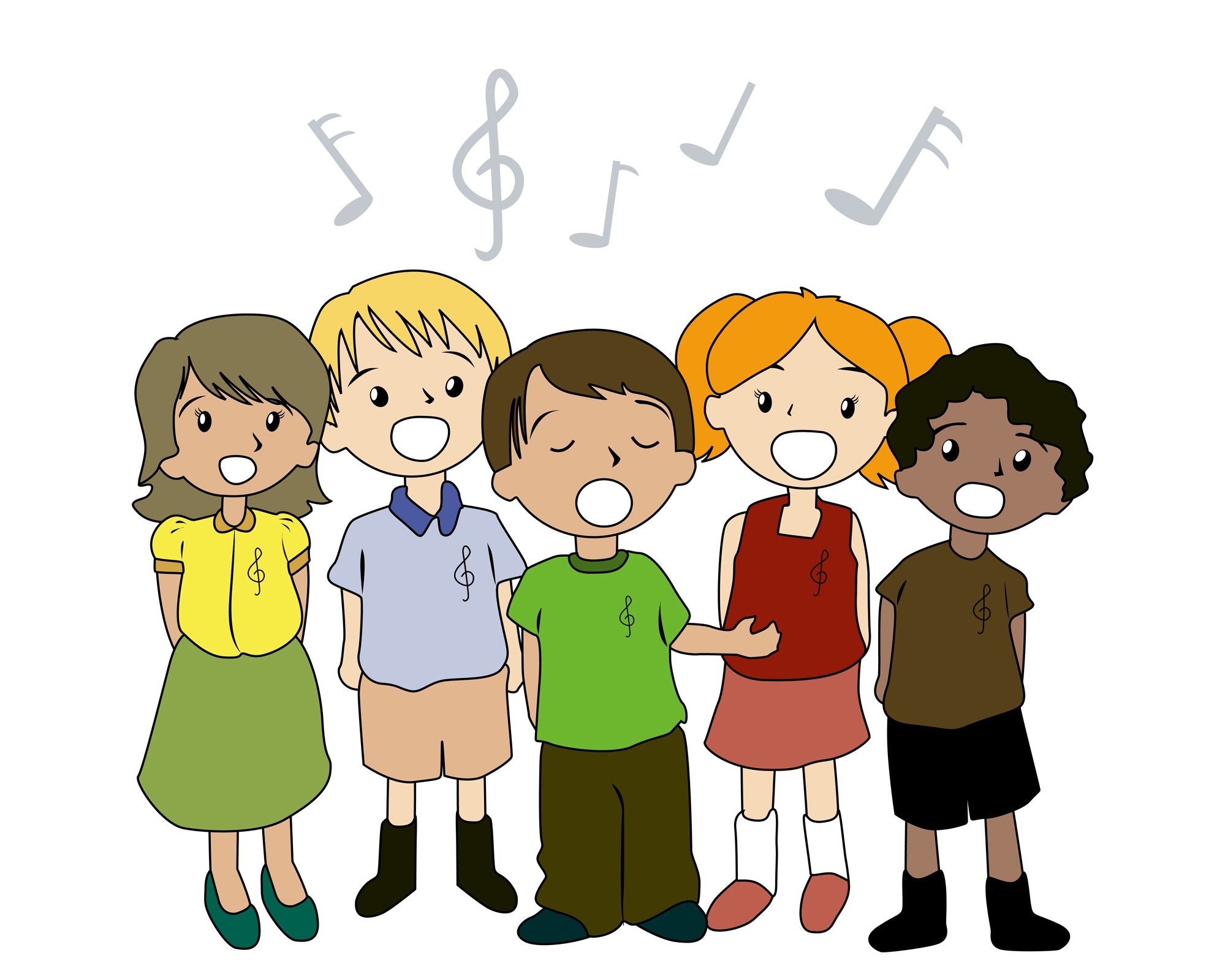
1. Cụm trạng từ là gì?
Cụm trạng từ – Adverbial phrase (hoặc Adverb phrase) là một nhóm từ có chức năng như trạng từ trong câu. Nghĩa là, nó bổ nghĩa cho động từ, tính từ, trạng từ, mệnh đề hoặc nguyên cả câu. Cụm trạng từ thường gồm 1 trạng từ (gọi là “head word” – từ chính) và được làm rõ nghĩa bởi các thành tố khác.
Một số ví dụ về cụm trạng từ:
- very quickly
- surprisingly well
Một số ví dụ về cụm trạng từ trong câu:
- “Shelia rode her bike very hastily so she could get home sooner.”
- “The surf at the beach was coming in extremely quickly.”
- “He read the restaurant’s menu rather slowly.”
2. Các loại cụm trạng từ thông dụng
2.1. Cụm trạng từ chỉ mức độ (Adverbial phrases of degree/extent)
Cụm trạng từ chỉ mức độ thể hiện cường độ, mức độ hoặc trọng tâm của hành động. Trong đó, trạng từ chỉ mức độ làm rõ nghĩa cho trạng từ đi kèm sau đó.
Ví dụ:
(1) They repaired my car [very] quickly.
(2) He worked [extremely] hard in the game.
(3) She did [really] well in her race.
(4) Why are you leaving [so] soon?
Trong các ví dụ trên, cụm trạng từ được tô đậm, in nghiêng; còn trạng từ chỉ mức độ được in nghiêng và nằm trong ngoặc vuông. Ở ví dụ 1, trạng từ mức độ “very” làm rõ nghĩa cho trạng từ “quickly”. Tương tự, “extremely” làm rõ nghĩa cho “hard”; “really” làm rõ nghĩa cho “well” và “so” làm rõ nghĩa cho “soon”.
Tham khảo một số trạng từ chỉ mức độ sắp xếp theo thứ tự giảm dần:
- completely, totally, absolutely, entirely, quite
- very, extremely, really, awfully, terribly
- rather, fairly, quite, pretty, somewhat
- a little, a bit, slightly
- hardly, scarcely, at all
- Các trạng từ mức độ khác: so, as; too; more, most, less, least
2.2. Cụm trạng từ chỉ khả năng (Adverbial phrases of probability)
Cụm trạng từ chỉ khả năng thể hiện mức độ chắc chắn của chúng ta về một sự vật, sự việc nào đó.
Ví dụ:
- He [definitely] never would’ve spoken to her like this.
- A battle is [only] truly won when the opponent believes he’s been beaten.
- Shakespeare was undoubtedly the greatest master the English language has ever known and, [quite] probably, will ever know.
Tham khảo một số trạng từ chỉ khả năng:
- certainly; conceivably; definitely; doubtless; indeed; of course; obviously; really; surely; truly; undoubtedly
- likely; maybe; perhaps; possibly; probably; unlikely
2.3. Cụm trạng từ chỉ thời gian (adverbials of time)
Được dùng để trả lời cho câu hỏi khi nào (when) hoặc một điều gì đó xảy ra thường xuyên như thế nào (how often)
Ví dụ:
- I got home at seven twenty. (Tôi về đến nhà vào lúc 7 giờ 20 phút.)
- The festival takes place every year. (Lễ hội được tổ chức mỗi năm.)
- I’ll do it in a minute.
- After the game, the king and pawn go into the same box. (Italian Proverb)
- Do not wait for the last judgment. It takes place every day. (Albert Camus)
2.4. Cụm trạng từ chỉ nơi chốn (adverbials of place)
Dùng để trả lời cho câu hỏi nơi chốn (where) một điều gì đó xảy ra.
Ví dụ:
- I met her in Da Nang. (Tôi gặp cô ấy ở Đà Nẵng.)
- She saw John there. (Cô ấy thấy John ở đó.)
- I used to work in a fire-hydrant factory. You couldn’t park anywhere near the place.
- Opera is when a guy gets stabbed in the back and, instead of bleeding, he sings.
2.5. Cụm trạng từ chỉ cách thức (Adverb phrase of manner)
Dùng để trả lời cho câu hỏi How.
Ví dụ:
- He would always talk with a nationalistic tone.
- He sings in a low register.
- People who say they sleep like a baby usually don’t have one

2.6. Cụm trạng từ chỉ lý do (Adverb phrase of reason)
Dùng để trả lời cho lý do (Why) tại sao việc đó được thực hiện.
Ví dụ:
- He went to the island to find gold.
- He plays up to impress his class mates.
- We tell ourselves stories in order to live





